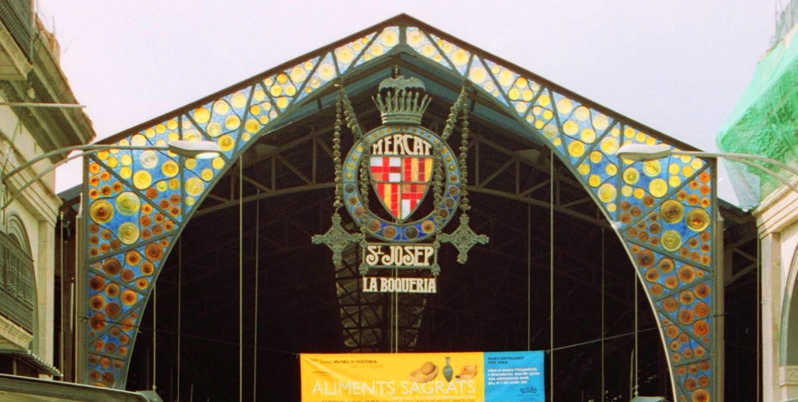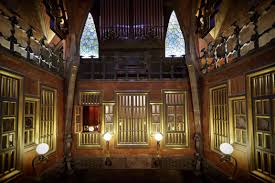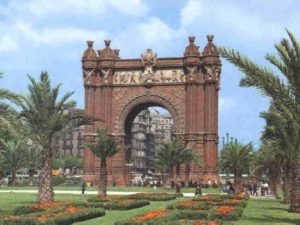

Around the world Barcelona is known as the Capital of Modernism. But why is this? It is quite simple really, as throughout the city you will come across buildings designed by modernist architects such as Gaudi, Puig and Domenech i Montaner.


Throughout the city you will find many different modernist symbols. But our tour begins in Barcelona’s Old Town (Ciutat Vella).
The first part of the tour takes you through the Passeig de Lluis Companys. Here you will discover the first modernist monument, the Arc de Triomphe. This beautiful arch leads you into the Ciutadella Park. In here you will find the next building the Museum of Zoology.
After leaving the park you then enter an area of the city known as the Born District. Along with its beautiful market also to be found here is the Basilica of Santa Maria del Mar. This is the church that was the inspiration behind Carlos Ruiz Zafon’s novel “The Cathedral of the Sea (La Catedral del Mar)”.
Next we move on to what many considered to be the city’s Gothic area. As you wander through the Plaza Real don’t forget to enjoy the beautiful modernist lampposts that provide illumination to the area once it gets dark. Then on the other side of the Plaza Real is Rambla del Raval. In this neighbourhood you have the opportunity to enjoy some of the first pieces of architecture designed by Antoni Gaudi. The Palau Guell has now been classified by UNESCO as a world heritage site.


Finally we come to one more modernist building that during your tour of the city must not be missed. The Palau de la Musica Catalana designed by Domenech i Montaner. Commissioned by Orleo Catala this building was built in 1904. Not only is the exterior of the building a tribute to modernist architecture the interior is as well.
Maybe you're thinking about selling a property or you've just inherited one or more real…
Do you enjoy strolling among trees and plants, away from the hustle and bustle of…
If you are planning to move to Barcelona for a few months or permanently, one…
ShBarcelona establishes itself as the leading agency within the Apialia Eixample Group, reaffirming its position…
Are you going to visit Barcelona this 2025? The vibrant Catalan capital once again becomes…
In long-term rentals, a common issue is poor boiler maintenance, which can lead to unexpected…